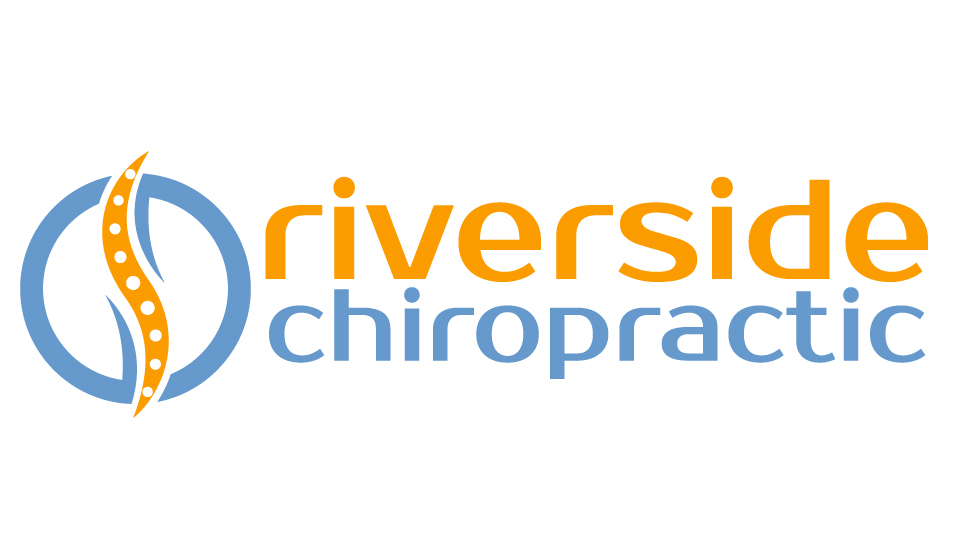Thrills, Spills, Pills 2
/Welcome to ‘Thrills, Spills and Pills 2’. It is an article containing three tips which reflect the three different types of stressors we typically experience in our lives.
Thrills: Mental and Emotional Stress – relationships, work, finances etc
Spills: Physical Stress – Sitting, sports injuries, training, car accidents etc
Pills: Chemical Stress – Diet, alcohol, cigarettes, pollution, supplements, medication etc
Thrill Tip: The 10 Min Practice: this is an exercise to help purge yourself of a negative self-image. If you are constantly beating yourself up, this exercise is great to reset your thinking. Here’s how it works: every morning, before you do anything else, write down every negative thought about yourself that you have. Try to aim for at least 20 things. Really be brutal with yourself. Then turn around each statement and write down the list again, this time writing the opposite of each thought. This is another one that only seems to work if you hand write it out.
Spill Tip: Ever wanted to increase your low back mobility? Probably the best exercise for this is the full squat. Here’s how to do it: stand with your feet roughly shoulder width apart and with straight arms held out in front (this helps with balance but is not essential). Slowly squat down into a full squat position. Your buttocks should almost be touching the floor and your heels should be flat on the floor. Let your tailbone sink down and under. If you’re having difficulty balancing, use a pole, table, doorframe etc to hang onto and lean back until your heels are flat. Aim for 10 minutes cumulatively per day.
Pill Tip: Ever tried to start the day with a smoothie but found it unfulfilling? Were you hungry only an hour later? Try the following to supercharge your smoothies: ensure that you add plenty of fat and protein. Do this by adding two raw eggs and a whole scoopful of high quality protein powder. You may also wish to add a tablespoon of coconut oil or a some full-fat, pot-set, organic, biodynamic yoghurt. The extra fat and protein from these additions will bring your smoothie to a much more satisfying level.


